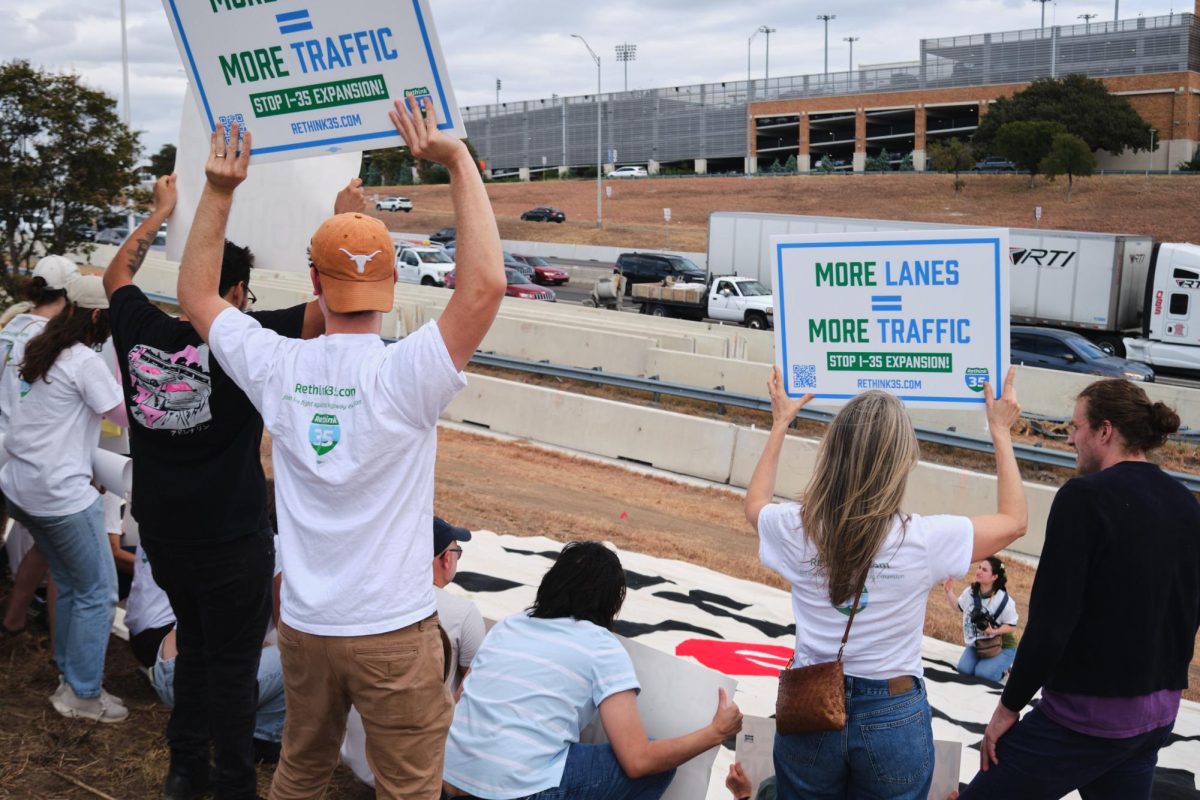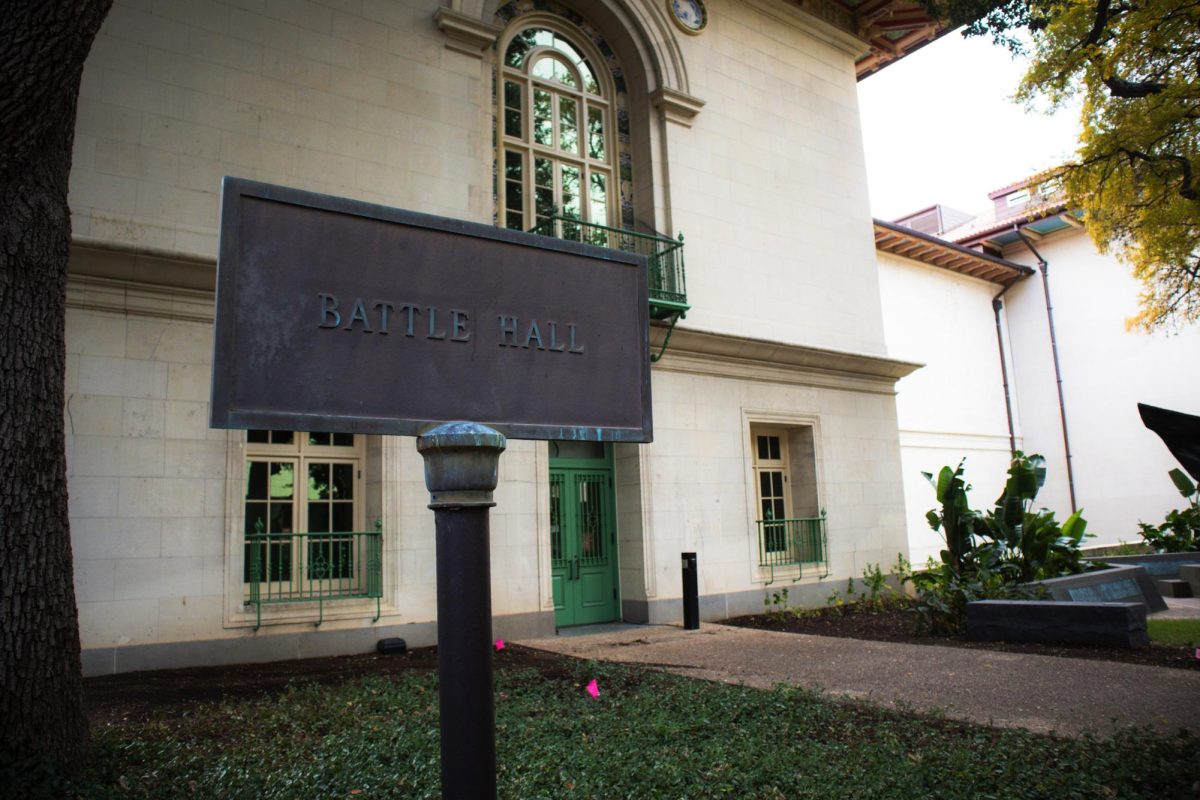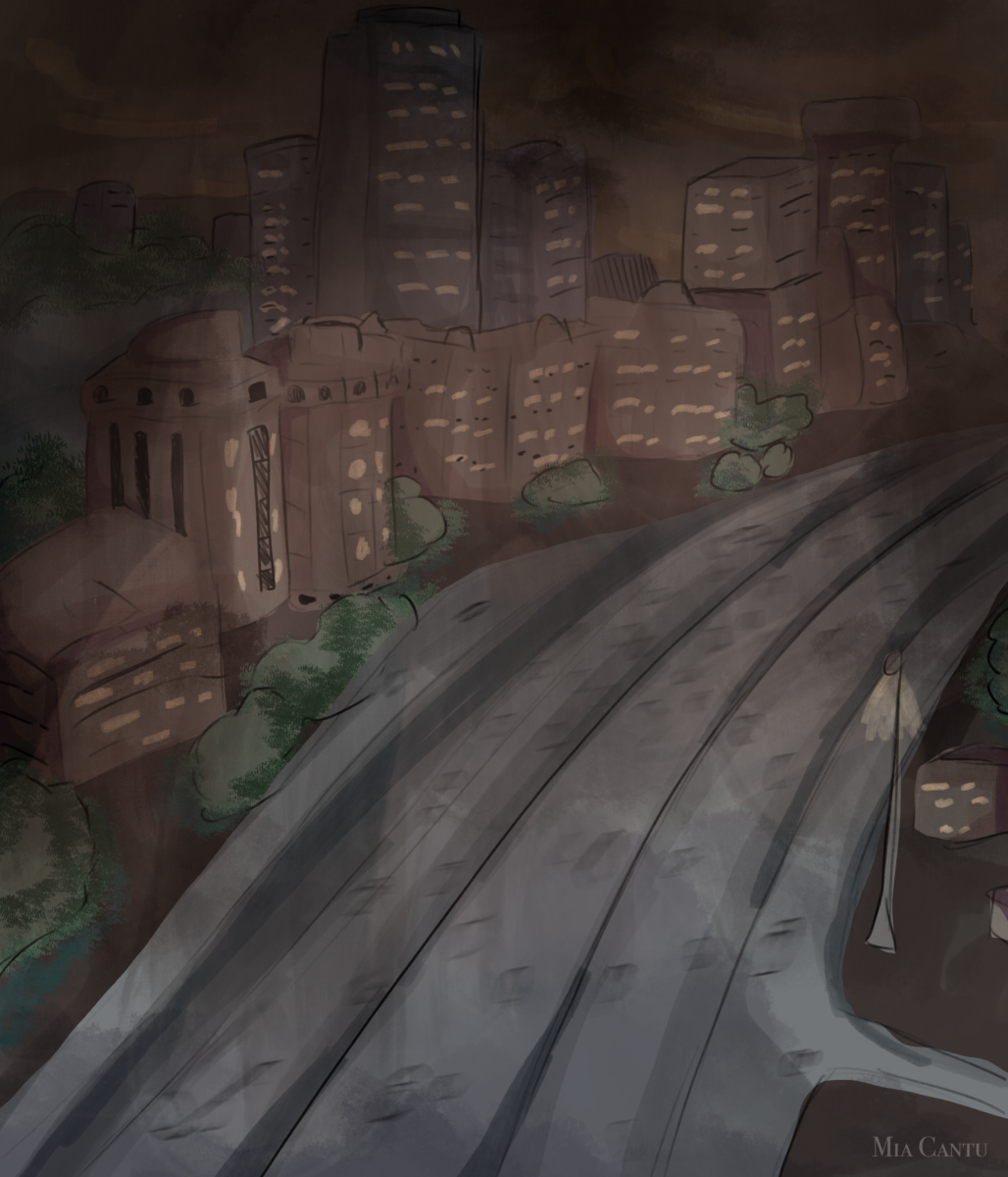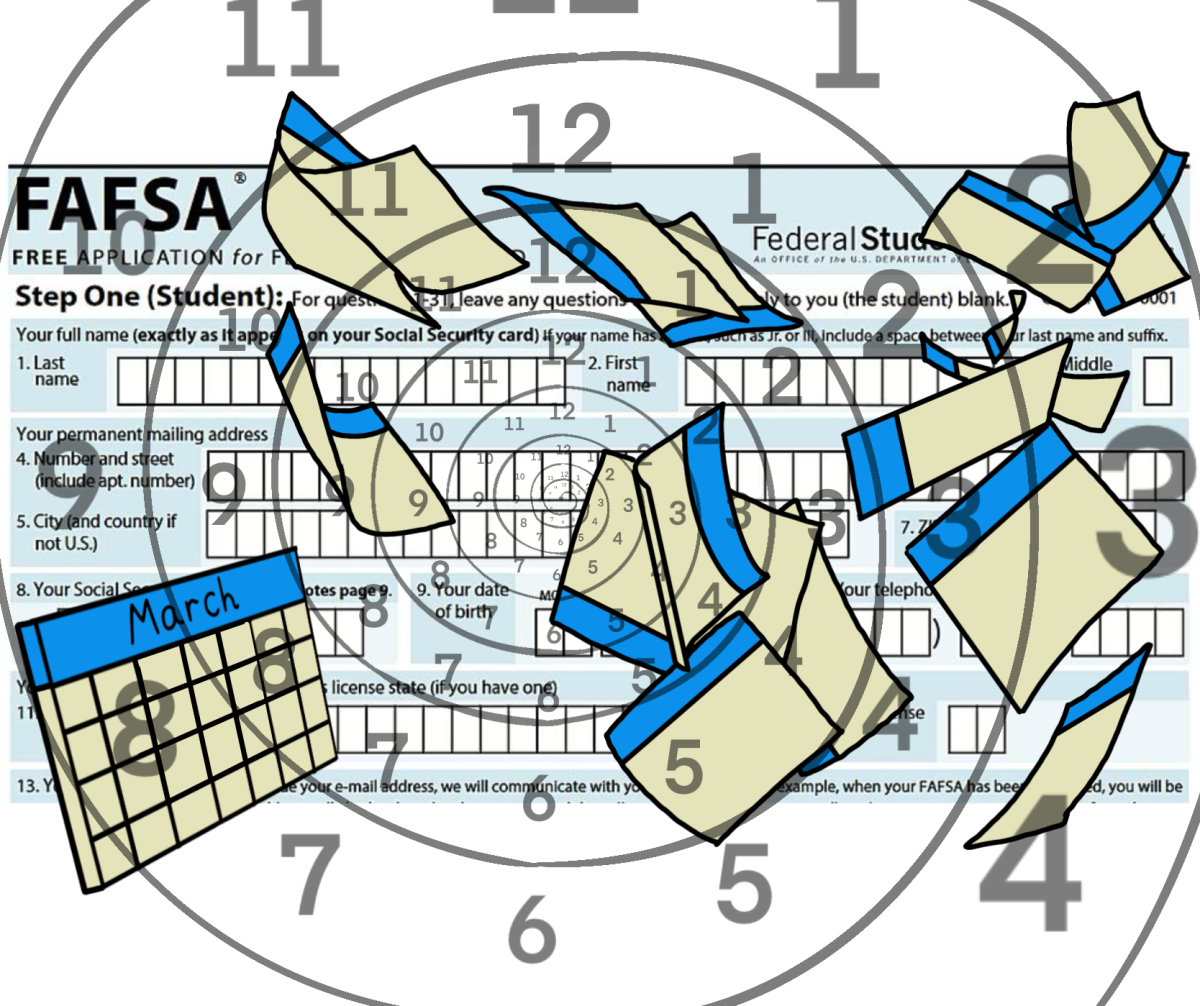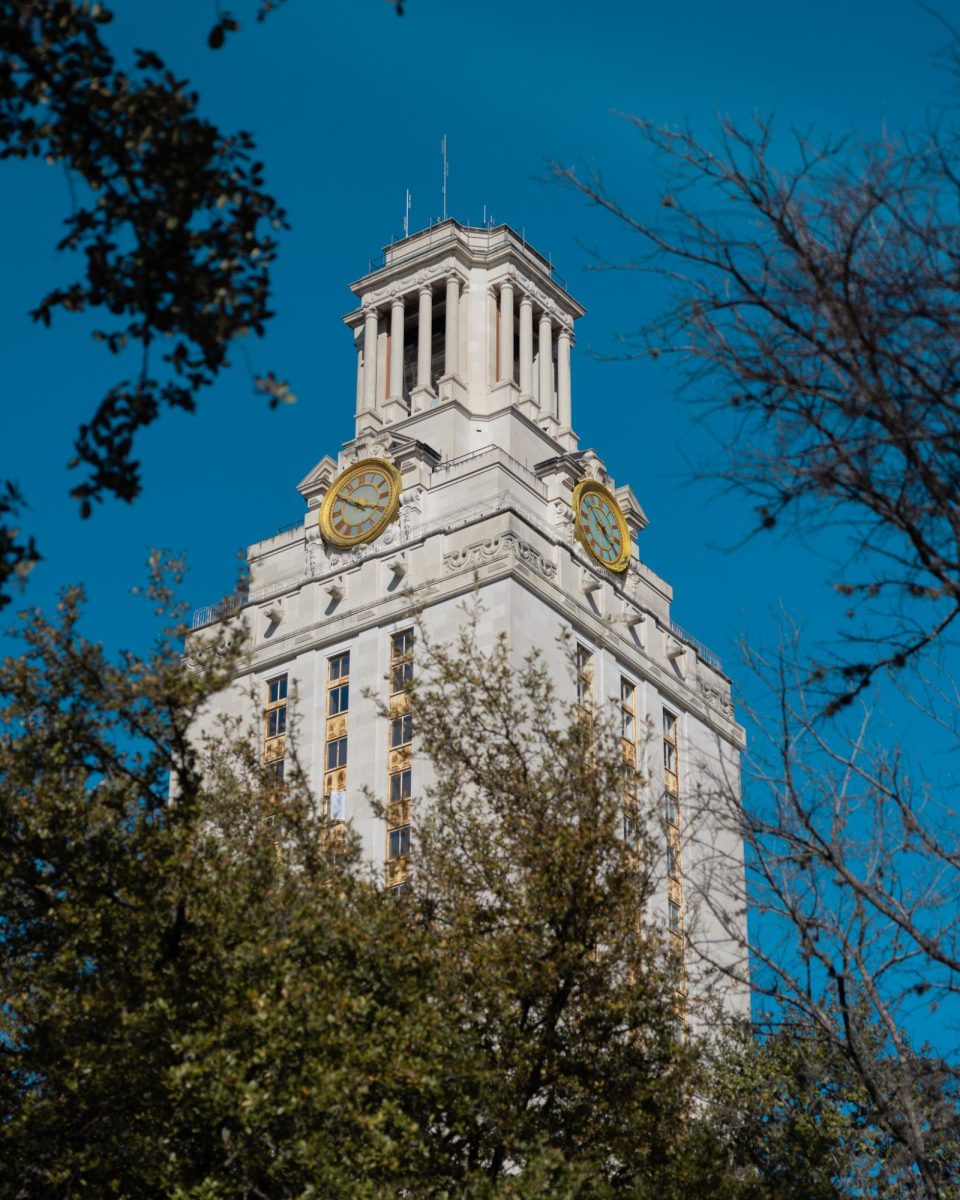Professors Joseph Beaman Jr. and Sharon Wood were inducted into the National Academy of Engineering in recognition of their achievements in the engineering world.
Beaman received an undergraduate education at UT and works on technology for 3-D printing and manufacturing at the Department of Mechanical Engineering. Wood, chairwoman of the Department of Civil, Architectural and Environmental Engineering, is the first woman elected to the academy in the area of structural engineering.
The National Academy of Engineering has only 2,461 members and foreign associates, 80 of which were inducted this year, said Maria Arrellaga, director of communications and public affairs at the Cockrell School of Engineering.
“Being inducted into the NAE is something that is the result of years and years of research,” Arrellaga said. “It’s the award of all awards, the recognition of all recognition.”
Wood was elected for her designs for reinforced concrete structures, which can withstand more severe earthquakes and are based on field research in Chile, Turkey and California after earthquakes, as well as for her work installing seismic instruments in earthquake prone areas, according to the academy’s website.
Wood said she and colleagues studied collapses of parking garages in California after the Northridge earthquake in 1994, and she recently worked on committees to implement a national plan for installing seismic instruments in buildings.
“One of the problems when you go out and look at an earthquake is you don’t know how the ground moved in that location or how the building moved,” Wood said. “The idea is you have instrumented buildings in regions of high seismic risk. Eventually there are going to be earthquakes in the region of those buildings and you’re going to get real seismic data.”
Beaman was elected for his role in developing technologies that can more cheaply manufacture parts on demand. His main contributions were with his work on solid freeform fabrication and selective laser sintering.
Beaman said the technology for selective laser sintering, which allows manufacturers to print parts on demand, is the result of his cooperation with former UT graduate student Carl Deckard that started in 1986.
“We wanted to be able to sit at the desk [in front of a 3-D modeling program] and print a hard copy,” Beaman said. “It costs a lot of money to make a mold. With this technology, you make it overnight.”
Beaman said according to one study the technology is usually cheaper than standard manufacturing processes when less than 10,000 parts are being produced.
“[Beaman has] been an integral part of UT,” said Jayathi Murthy, chairwoman of the mechanical engineering department. “I think it’s a shining example of how you translate high-level university research into real-world work.”

